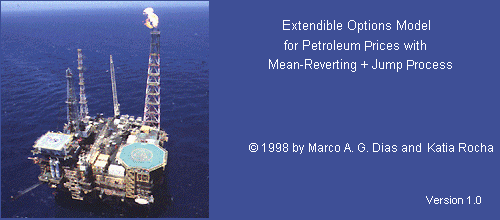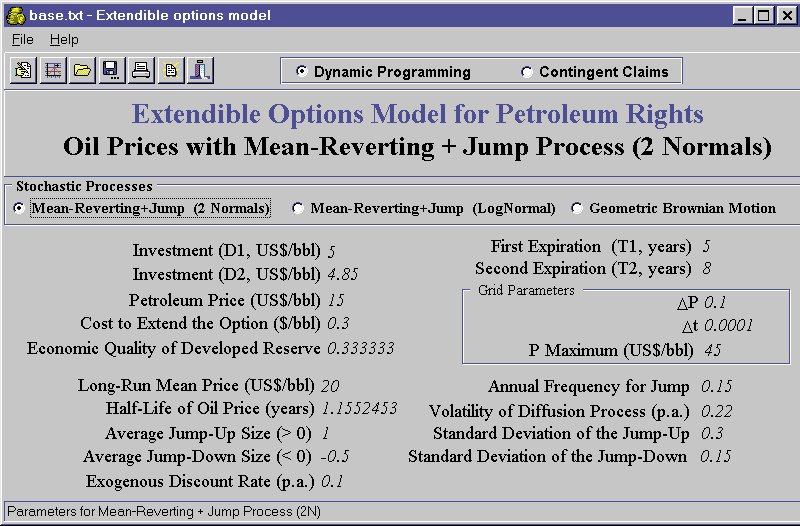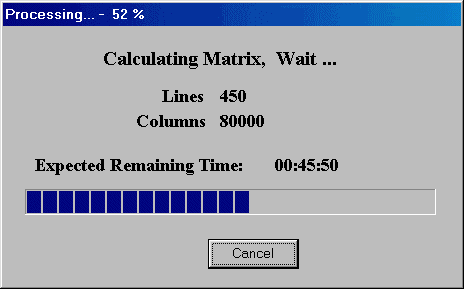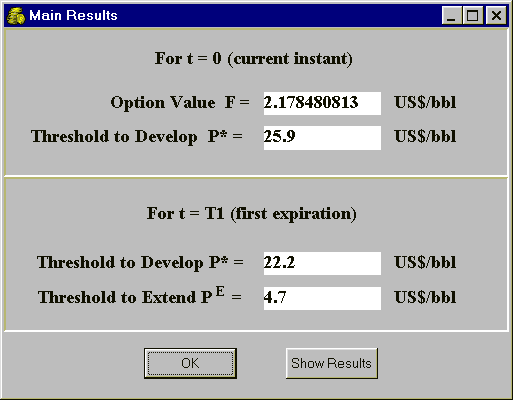
Among the available programming languages, C++ is the favorite language
for heavy real options applications.
In the simulation textbook of Banks et. al. (2000, p.104), they wrote: "Unlike
FORTRAN or C, the object-orientedness of C++ does support modular
construction of large models.". In addition, it is a very fast
computing language.
Java is a language that perhaps has a promising future, even thinking that nowadays is still slower than C++.
One important practical problem of these languages, in the past, had been the poor user interface, because developing a good interface was a hard task. The non-interactive and few flexibility of the software, makes it of no use for managers and people working with capital budgeting decisions.
Nowadays the building of interface for C++ applications has been improving with new modeling software such as Borland's C++ Builder, that eases the confection of interfaces like the used in Marco Dias & Katia Rocha model of Extendible Options.

For details of the model, see the specific page in this site, or see the presentation at the International Conference of Real Options (in the Netherlands, 6-7 June, 1999).
The main screen of the interface is shown below:

Look the facility (radio-box) to choose the stochastic process for the
oil prices, that permits to use three alternatives process:
(a) the first is the main case, the innovative jump-reversion where the
jumps have stochastic size with two truncated normal distributions;
(b) the second is due our first version of the model, presented in
Stavanger (May 1998), that used the log-normal distribution for jumps
(like Merton, 1976) instead the two-truncated normal distribution, so it
remained in the software;
(c) the last one is the traditional geometric Brownian motion.
There are buttons to change parameters, to save a set of parameters (or
cases), to reload parameters, help facilities, etc.
This software is not available to sell (at least for while), this
presentation is only for to show the possibilities of C++ language and to
set the idea that a friend user interface is possible (and increasing easy
with recent developers software like Borland's C++ Builder).
The following screen presents the calculation progress when the program is running. The progress is indicated by both a visual bar and the percentage from the total calculations. The screen also indicates the size of the matrix (that is function of the time step and the second expiration; and the price step and the Pmaximum).

The next screen shows the main results window. The main results are: the
option value (value of the concession) and the threshold, both at the
current moment (t = 0), the thresholds at the first expiration, that is,
the threshold to immediate development of the oilfield and the threshold
to extend the exploratory period (by paying a extension fee k).
There is a facility ("show results") to see the main results
together with the parameters values used, showing a light txt file (not
showed) with a button to print the case (main results and parameters).

OBS: the whole results file, with all the matrix of calculations (options and thresholds for every Dt and DP values), is automatically saved into the hard-disk. In general it is a very large file (rare somebody to wish to print the whole results matrix).